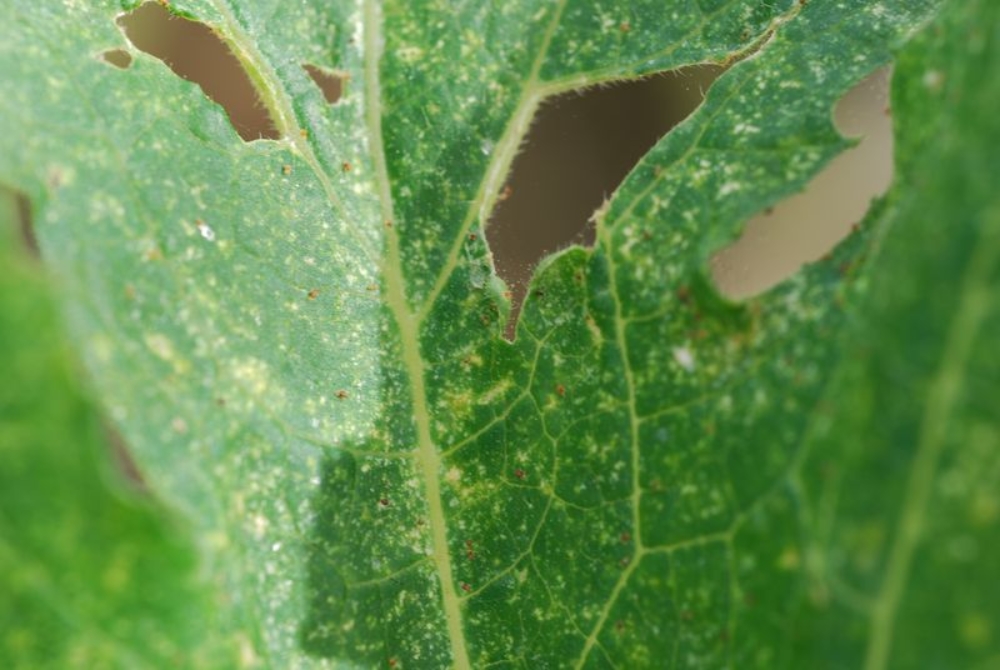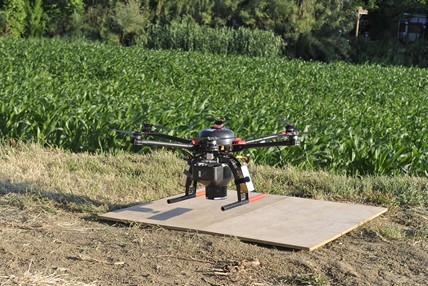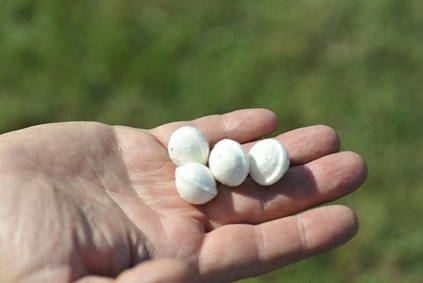Respect for your privacy is our priority
The cookie is a small information file stored in your browser each time you visit our web page.Cookies are useful because they record the history of your activity on our web page. Thus, when you return to the page, it identifies you and configures its content based on your browsing habits, your identity and your preferences.
You may accept cookies or refuse, block or delete cookies, at your convenience. To do this, you can choose from one of the options available on this window or even and if necessary, by configuring your browser.
If you refuse cookies, we can not guarantee the proper functioning of the various features of our web page.
For more information, please read the COOKIES INFORMATION section on our web page.



 "Among the tools that we are using to assist the farming community, agricultural drones represent the main current innovation and an increasing number of our support operators are also offering this service. The main idea is to use the technology not only to map out the fields and obtain multispectral images to help with cultivation decisions, but also to intervene in the area of plant health defense thanks to predatory insects. The environmental advantages of this approach are obvious, in addition to the fact that a drone has virtually no impact on crops."
"Among the tools that we are using to assist the farming community, agricultural drones represent the main current innovation and an increasing number of our support operators are also offering this service. The main idea is to use the technology not only to map out the fields and obtain multispectral images to help with cultivation decisions, but also to intervene in the area of plant health defense thanks to predatory insects. The environmental advantages of this approach are obvious, in addition to the fact that a drone has virtually no impact on crops."  Field trials will begin in 2019 and are likely to include the dissemination of Phytoseiulus persimilis, a predatory mite that has been successfully used around the world as an organic agent in fighting against the red spider (Tetranychus urticae).
Field trials will begin in 2019 and are likely to include the dissemination of Phytoseiulus persimilis, a predatory mite that has been successfully used around the world as an organic agent in fighting against the red spider (Tetranychus urticae).



























